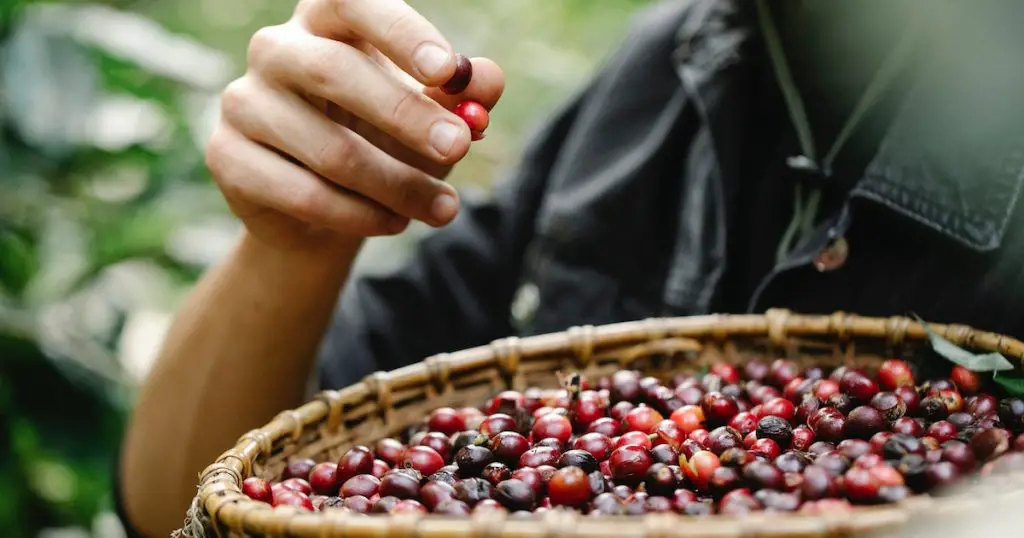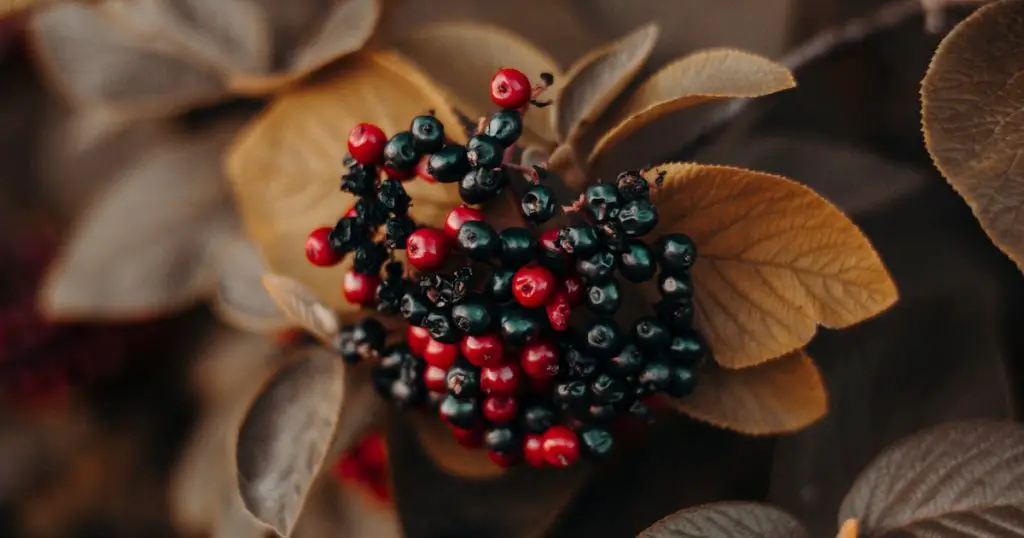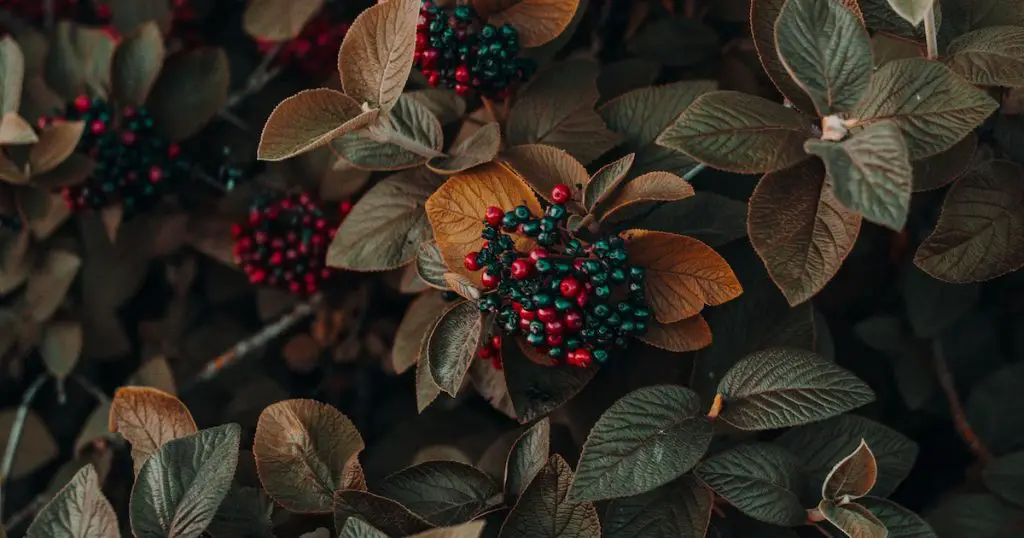Nestled in the heart of Arizona, Prescott boasts a rich natural landscape teeming with a diversity of flora. Among these, many edible plants and berries have long been a part of the region’s history.

For those seeking to delve into the world of foraging, or simply curious about the nature around them, this guide illuminates the edible plants and berries found in Prescott. Let’s embark on this flavorful journey together!
The Diversity of Prescott’s Flora
Prescott’s natural terrain is a blend of desert, mountainous, and woodland environments. This unique combination has given rise to a plethora of plant species, many of which have edible parts that have been consumed for centuries. Native American tribes of the region traditionally relied on these plants for nutrition and medicine.
With the resurgence of interest in foraging and natural foods in recent years, more and more people are rediscovering the edible treasures of Prescott’s landscape. Modern foragers are equipped with both traditional knowledge and the benefits of contemporary research, making foraging both an homage to history and a contemporary culinary adventure.
Edible Trees and Shrubs
The towering trees and sprawling shrubs of Prescott are not merely silent spectators of time; they are active participants in the region’s edible tapestry. From the bark of the pine tree to the berries of the juniper, these larger plants offer a bounty that is as vast as their stature.
Each season unfurls a new chapter of flavors, with spring blossoms giving way to summer fruits and autumn nuts. Embracing the edible gifts of these trees and shrubs is to partake in a legacy as ancient as the forests themselves, a culinary journey that resonates with the very heartbeat of the land.
More than just a tree
The Pinyon Pine is an iconic tree of the Southwest, recognizable by its short stature and long needles. Beyond its aesthetic value, it offers a tasty treat – pinyon nuts. These nuts have been a staple in Native American diets for millennia.
Harvesting the nuts requires a keen eye and patience. Typically, the nuts are ready for picking in late summer to early autumn. Once collected, they can be roasted to enhance their nutty flavor. They are excellent on salads, in pestos, or simply as a snack. Their rich taste and history make them a cherished treat of the region.
A sweet and tangy delight
Manzanita shrubs grace Prescott with their twisted red barks and clusters of pink or white flowers. Following the bloom, these plants produce berries that are both tart and sweet. They’ve traditionally been used by Native Americans to make a refreshing cider.
The key to enjoying Manzanita berries is ensuring they’re ripe – typically a deep red or almost black hue. Once picked, they can be eaten raw or transformed into jellies, drinks, or even baked goods. Their versatility in the kitchen is matched only by their delightful flavor in the wild.
Wild Greens and Herbs
As the winds of Prescott rustle through its meadows and woodlands, they whisper tales of the wild greens and herbs that carpet the earth. These verdant plants, often underfoot yet overlooked, are nature’s pharmacy and kitchen combined.
Dandelion greens, wild mustard, and sagebrush are but a few of the myriad plants offering both nutrition and a burst of fresh flavors. Each leaf and sprig tells a story of the land’s vitality and diversity.
For the discerning forager, these wild greens and herbs not only enhance culinary dishes but also bridge the gap between modern living and age-old traditions of harnessing nature’s bounty.

A common yet nutritious weed
Often dismissed as pesky weeds, dandelions are in fact a powerhouse of nutrition. Every part of this plant, from its yellow petals to its long roots, is edible. The leaves are especially nutritious, packed with vitamins A, C, and K.
Young dandelion leaves can be tossed into salads for a slightly bitter punch. They also make for a great sautéed green, comparable to spinach. The roots, when roasted, can even serve as a coffee substitute. With so many uses, it’s a wonder we ever labeled them as mere weeds!
The crisp green of the wild
Miner’s Lettuce, so named because it was consumed by gold miners for its Vitamin C content, is a succulent green found in shady patches. Its circular leaves are a distinctive feature, making it easily recognizable.
The taste is mild and slightly crisp, making it an ideal salad ingredient. Besides salads, Miner’s Lettuce can be blended into green smoothies or added to sandwiches for an extra crunch. Its high water content and mild flavor make it a refreshing addition to many dishes.
Succulents and Cacti
Amidst the rugged terrains of Prescott, succulents and cacti stand as resilient green sentinels, adapting and thriving in the arid conditions. These plants are more than just iconic desert landmarks; many harbor a juicy secret inside.
Varieties like the prickly pear cactus offer both fruit and pads that are deliciously edible, teeming with hydration and nutrients. Their unique flavors, reminiscent of the desert’s mystique, provide a culinary experience unlike any other.
Exploring the world of edible succulents and cacti not only expands the palate but also deepens the appreciation for these hardy plants’ adaptability and survival instincts.
Prickly Pear Cactus: Vibrant fruit and pads
One of the most recognizable cacti, the Prickly Pear is known for its bright pink or red fruit, also referred to as “tunas.” These fruits are sweet and can be eaten raw or turned into jams and jellies. Additionally, the young pads (known as “nopales” in culinary terms) can be cooked and eaten as a vegetable.
For those looking to harvest, ensure you wear gloves and use tongs. Once the thorns are carefully removed, the nopales can be grilled, sautéed, or pickled. The fruit, once de-spined, can be juiced or eaten directly. Its vibrant color also makes for beautiful garnishes and cocktails.
Agave: The desert’s sweet gift
Often associated with tequila, the Agave plant is much more than just a source for the popular drink. Native Americans historically used the Agave’s sap as a sweetener, and its roasted stalks and leaves were consumed for sustenance.
When foraging, it’s essential to harvest only mature plants and leave younger ones to grow, ensuring sustainability. Once harvested, the heart of the agave can be roasted, producing a sweet, molasses-like flavor.
Berries and Small Fruits
The landscapes of Prescott are adorned with nature’s tiny jewels – berries and small fruits that glisten under the sun, offering both visual and gastronomic delights. From the tart snap of wild currants to the sweet burst of wild strawberries, these little fruits encapsulate the essence of the region’s vibrant ecosystems.

As seasons change, so does the parade of colors and flavors, inviting foragers and nature lovers alike to indulge in the freshest of nature’s candies. Beyond their delightful taste, these berries and fruits also serve as nourishing reminders of the rich biodiversity Prescott is blessed with.
Wild Strawberries
Hidden among the grass, wild strawberries are a delightful find for any forager. Smaller than their cultivated counterparts, they pack a punch of intense flavor.
While they can be a bit tricky to find due to their size, the reward is well worth the effort. These strawberries can be eaten fresh off the plant or incorporated into desserts. From jams to pies, their flavor profile enhances any dish they grace.
Gooseberries: The tart treasures of Prescott
Gooseberries, with their translucent skin and veiny appearance, are a tangy treat. They can range in color from green to deep purple. When ripe, they offer a mix of sweetness and tartness.
Raw gooseberries can be a bit tart for some, but when cooked, they transform. They’re commonly used in pies, tarts, and jellies. Their unique taste brings a tart kick to any dish they’re added to.
Tubers and Underground Edibles
Hidden beneath the soil of Prescott’s varied terrain lies a rich assortment of tubers and underground edibles. These subterranean treasures, often overlooked by the casual observer, pack a punch when it comes to nutrition and flavor.
From the crisp Yampa Root to the earthy taste of wild potatoes, these edible underground offerings represent the heart of the land, growing silently in the dark, waiting for those with the knowledge to unearth and appreciate their unique tastes and cultures.
Venturing into the world of foraging these delights introduce one to the unseen, yet bountiful, layer of nature’s pantry.
Wild Onions
Wild onions, often sprouting in clusters, are a common sight in Prescott’s fields. They closely resemble cultivated onions but are usually smaller in size.
They can be used similarly to regular onions – diced in salads, sautéed with other vegetables, or used as a base for soups and stews. When foraging, it’s crucial to ensure they’re true wild onions and not similar-looking toxic plants. One way to confirm is by the characteristic onion smell when the bulb is crushed.
Safety and Ethical Foraging
With the plethora of edible offerings in Prescott, the excitement of foraging can sometimes overshadow the vital importance of safety and ethics.
However, these principles ensure that the foraging community thrives and the natural ecosystem remains undisturbed.

The dangers of misidentification
While many plants are safe and delicious, there are also those that are toxic, even deadly. It’s paramount to be 100% sure of a plant’s identity before consuming it.
When in doubt, it’s always best to consult a local expert or a trusted field guide.
Responsible harvesting: Leaving no trace
Foraging is not just about taking; it’s about coexisting with nature. Adhering to the ‘leave no trace’ principle is vital.
This means only taking what you’ll use, leaving younger plants to mature, and ensuring you don’t harm the habitat in the process. The aim is to ensure that these natural resources remain abundant for future generations.
Regulations and permissions
Different regions have specific rules and regulations about foraging. In some areas, it might be prohibited, while others might have quantity restrictions.
Before setting out, check local regulations and always obtain necessary permissions. Websites like the U.S. National Forest Service provide valuable information in this regard.
Preserving Your Foraged Finds
Venturing into the wilderness of Prescott and returning with a basket full of edible plants and berries is an enriching experience. However, the true magic lies in extending the shelf life of these natural treasures so that they can be savored for months to come.
Through techniques like drying, canning, and freezing, foragers can transform their fresh finds into long-lasting culinary delights, ensuring that the flavors of the wild are just a pantry shelf away, anytime they’re craved. This not only maximizes the benefits of a single foraging trip but also allows for the sharing and gifting of nature’s bounty with loved ones.
Techniques for drying and storing
Drying is one of the oldest preservation techniques. Many herbs, seeds, and berries can be dried and stored for long periods without losing their nutritional value.
A cool, dry place, away from direct sunlight, is ideal for storage.
Making jams, jellies, and pickles
Turning berries and fruits into jams and jellies not only increases their shelf life but also offers a tasty treat throughout the year.
Similarly, many greens and tubers can be pickled, ensuring they remain crisp and tangy for months to come. Websites like Ball® Fresh Preserving offer a plethora of recipes and tips.
Freezing and canning for longer shelf life
Freezing is an excellent way to preserve the freshness of greens, berries, and even some tubers. Ensure they’re clean and dry before freezing.
Canning, although slightly more labor-intensive, can give your foraged finds a shelf life of years when done correctly.
Frequently Asked Questions:
In this section, we will be delving into some of the most common inquiries and curiosities that surround our topic.
Are all parts of an edible plant safe to eat?
Not always. Some plants have edible parts, while others might be toxic. Always ensure you’re well-informed before consumption.
How can I be sure I’ve identified a plant correctly?
Use a trusted field guide, attend local foraging workshops, or consult with experts in the community.
Are there foraging groups or classes in Prescott I can join?
Absolutely! Many local organizations and nature enthusiasts organize foraging walks and workshops. Websites like Meetup often list local events.
What should I do if I think I’ve eaten something toxic?
Seek medical attention immediately. If possible, keep a sample of the plant for identification.
Conclusion
Prescott, with its diverse flora, is a haven for those interested in foraging. The edible plants and berries found in Prescott not only offer a culinary treat but also provide a deeper connection to the land and its history.
While the allure of foraging is undeniable, it’s essential to approach it with respect, knowledge, and a commitment to sustainability. Happy foraging!



Leave a Comment
You must be logged in to post a comment.